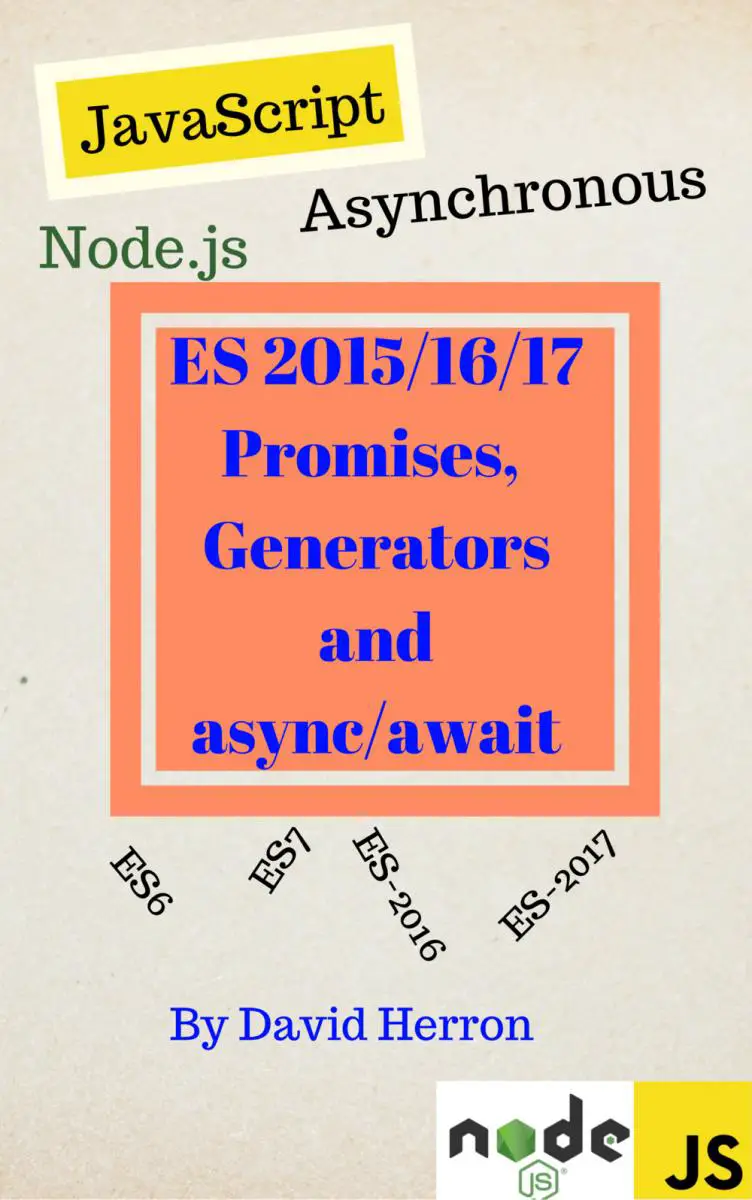Pages can now be written as JSON data, that's formatted through a partial into HTML. Pages can now declare their own CSS or JavaScript files.
These were two long-standing wish-list items that were just implemented. While not ground-breaking, each of these items fill in base-line useful features.
JSON formated content documents
The idea is that sometimes we want to supply some data, rather than normal content, to format as a webpage. The first go-around of this idea is to support JSON data.
---
layout: default.html.ejs
title: JSON example
JSONFormatter: json-format.html.ejs
---
{
"Row1": "value 1",
"Row2": "value 2",
"Row3": "value 3"
}
As you see, the content body is straight-up JSON. The JSON is immediately processed by the partial named in JSONFormatter to produce HTML that's then rendered as a page through the normal AkashaCMS process.
See Creating content with AkashaRender
Per-page CSS and JavaScript
It's often desirable to put custom CSS and JavaScript on a page. That's now very easy, with the following document metadata instructions:
headerStylesheetsAdd:
- href: /extra.css
media: screen
headerJavaScriptAddTop:
- href: /extraTop.js
headerJavaScriptAddBottom:
- href: /extraBottom.js
See Creating content with AkashaRender



